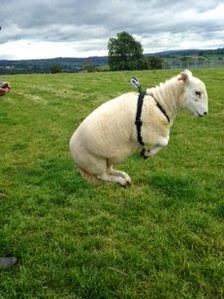What is Science?
When you look at the discussions that are emerging around the term ‘Citizen Science‘, you can often find discussion about the ‘Citizen‘ part of the term. What about the ‘Science‘ part? This is something that once you start being involved in Citizen Science you are forced to contemplate. As Francois Grey like to note ‘Science is too important […]![]()









